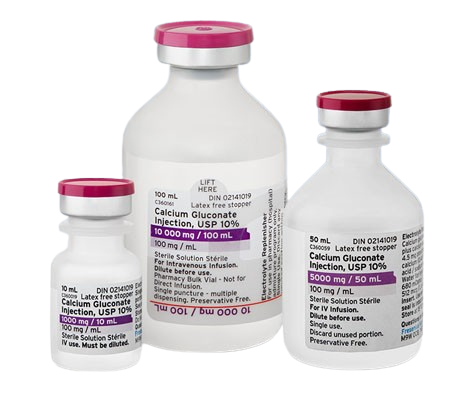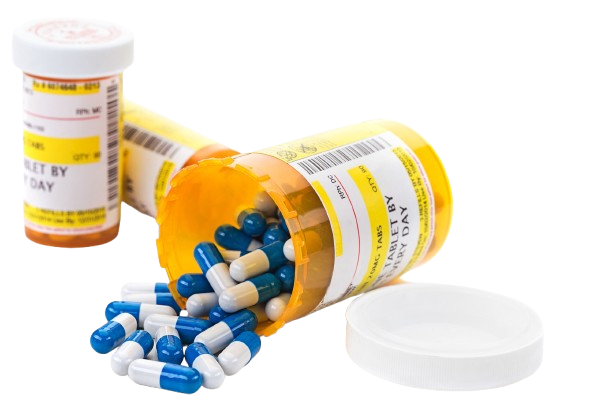Administration of Intravenous
Medication
Intravenous Medication
Intravenous (IV) medication involves administering drugs directly into a patient’s bloodstream through a vein. This method allows for rapid delivery of medication, ensuring immediate therapeutic effects, which can be crucial in emergency situations, or when medications cannot be taken orally due to absorption issues or the need for high concentrations.

Nutrients
In cases of severe nutritional deficiencies, like total parenteral nutrition (TPN).
Emergency Medications
Drugs like adrenaline for anaphylaxis, or naloxone for opioid overdoses.
Antibiotics
Determining the correct dose, frequency, and duration of the antibiotic therapy. This is crucial for achieving efficacy while minimizing side effects and reducing the risk of antibiotic resistance.

Hydration Fluids
Not only medications but also fluids like saline or glucose can be given IV to rehydrate patients.
Pain Medications
Such as morphine or other opioids, often used post-surgery or for severe pain management.

Chemo Today, Strength Tomorrow.
Many cancer treatments are administered IV to target rapidly dividing cells effectively.

